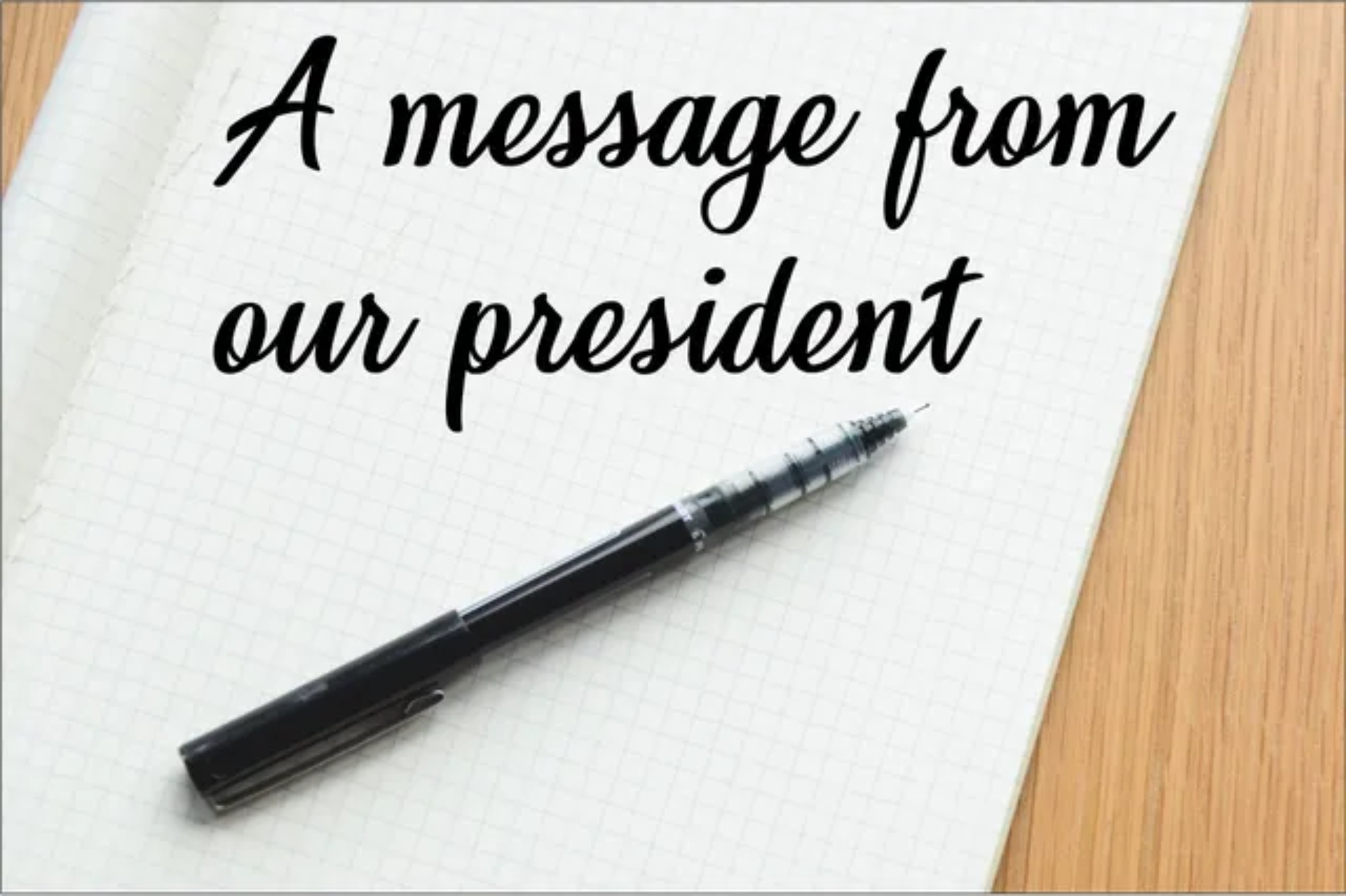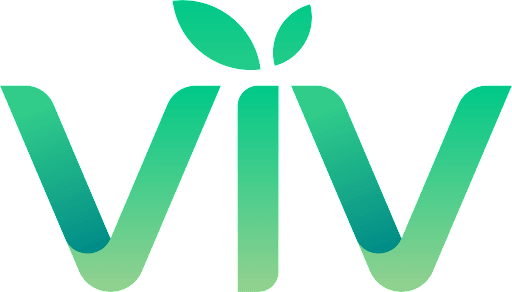Trick or Treat, or Mostly Just Trick
When I was much younger, my father used to prepare for a long road trip by starting at our kitchen table and pulling out the current edition of the Rand McNally US Atlas. If you are of a certain age, you will remember this large book that was filled with maps by state to include all of the U.S. highways, state routes and back-country roads located within each of our 50 states. My father would go on to mark up the route in the book so Greetings to all of you who may be reading this short post! I love the changing of seasons in the Midwest, the renewed palette all around us as the trees and shrubs begin to show the Fall’s festival of color. Children are starting to think about the upcoming holidays and the annual gathering of candy from local neighbors willing to share.
But, along with all of the positive vibes from the change to cooler weather come the regular emails and phone calls from “helpful” people looking to separate us from our money in less than honest ways. October has often brought a special emphasis on Cyber Crime and awareness to the dangers that our online lives make us susceptible to in the wider world.
I was recently reading an email newsletter that I received from BankBeat, and in this article I thought it would be important to lift a couple of sections as additional information.
Quoting from the article: “The statistics for individual fraud are staggering. According to the FBI’s 2023 Internet Crime Report, 880,418 complaints of cyber-crime were reported to the FBI by the public, a 10 percent increase from 2022. In 2023, there were more than 3,200 data compromises, up from 1,801 the year prior, according to the Identity Theft Resource Center. A study conducted by the Federal Reserve Bank of Boston indicates that check fraud in 2023 was $20 billion, up from $100 million in 2006.”
Data compromises almost doubled from 2022 to 2023! $20 billion in check fraud in 2023! The criminals are very busy indeed. Even so, there are a few things that you can do to keep yourself safe from being a victim.
First, NEVER, NEVER, NEVER click on a link in an email that you receive. If you receive a message from a familiar company telling you that you made a purchase or that your payment has been declined – DO NOT CLICK the provided link. Simply go to that familiar website directly, log into your account and check your activity.
Let me give you an actual example of what this looks like…I receive at least 5 of these per week. Here is the text… “Thank you for your purchase. You bought $856.72 on October 21, 2024 using your credit card XXXX. If this wasn’t your purchase please click the link and you will be directed to our customer service team. Again, thank you for buying from Apple.com.”
When you click the link you are immediately transferred to the scammers who will then look to “assist” with your purchase. They will likely ask you to let them share your computer screen – giving them access to your PC. Then they will obtain your credit card or bank account information in order to confirm that they have the correct information. Meanwhile, you are giving them access to your accounts and banking information. Do NOT make the mistake of thinking you can outsmart them, they are very good and very convincing.
Secondly, keep your phone secure by not answering calls that you don’t know the caller. If a call comes to my phone, and the person doesn’t show in caller ID, I don’t answer. So, if by some chance you call my phone, you will likely go to voicemail. Very few scam calls leave a message. That is the easiest way to keep yourself safe while using your phone.
Third, and final for this article, obtain a good Identity Theft partner. For many years you have heard advertisements for these companies, and there are many good ones, but be aware of the cost. I find that the companies with advertising budgets are typically, not always, more expensive to utilize. Also, be cautious about the “First Year Free or discounted”, that normally means that the ongoing years will be more expensive. We have a ID Theft program called ID Theftsmart here at the bank that is pretty economical and you don’t even have to be a cyber security.
That was my only bank advertisement this month – but if you’re serious about staying safe online consider visiting these pages for more info:
2. CISA
Have a wonderful Fall season and take some time to be safe online!
Michael Herzog
President










